The Art of Storytelling in Eco-Friendly Copy
Why Stories Move People Toward Greener Choices
Stories help readers imagine the lives affected by their choices, bridging distance between a factory’s emissions and a child’s breath. When eco-friendly copy foregrounds people, empathy turns abstract responsibility into meaningful, practical action.
Why Stories Move People Toward Greener Choices
A recyclable bottle is a feature; a bottle that remembers your morning run and saves your favorite trail from litter is a feeling. Story-driven copy connects product details to personal values and everyday moments.
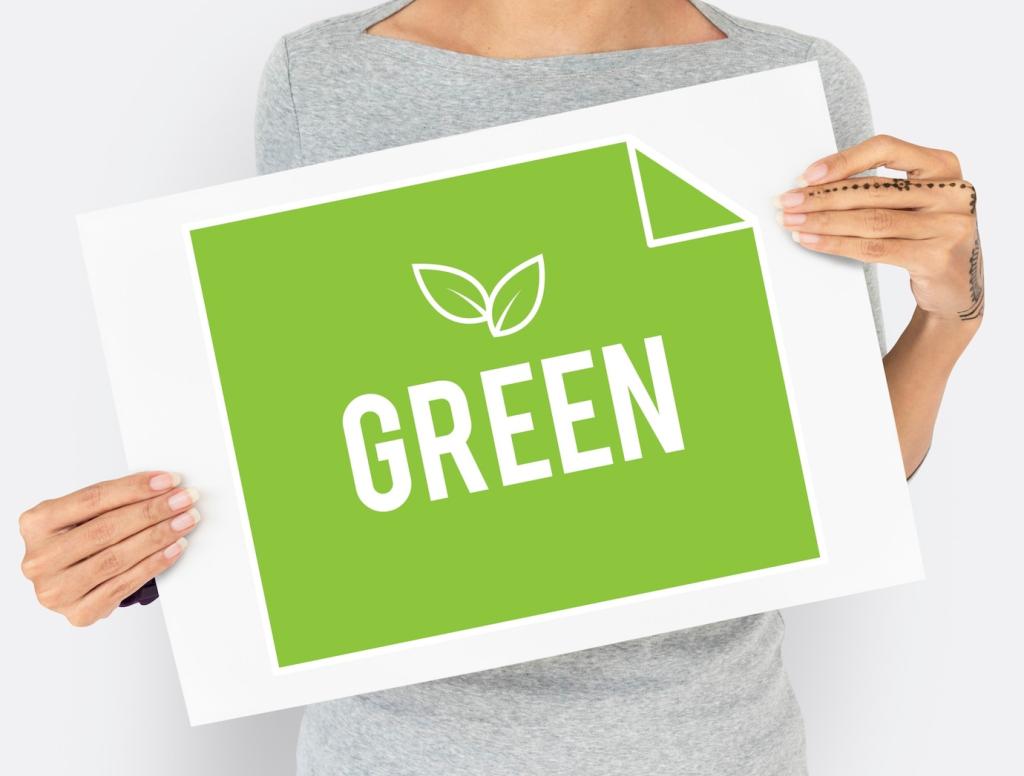
Building a Green Brand Narrative Arc
Start with a snapshot of the old normal: overflowing bins, confusing labels, frustrated customers. Give readers context and stakes, showing why business as usual was unsustainable and why your team felt compelled to act.
Building a Green Brand Narrative Arc
Show the moment that shifted your perspective: a supplier’s shocking waste audit, a community beach tarred by oil, a customer letter that stung. Be specific, human, and vulnerable so readers believe the commitment is real.

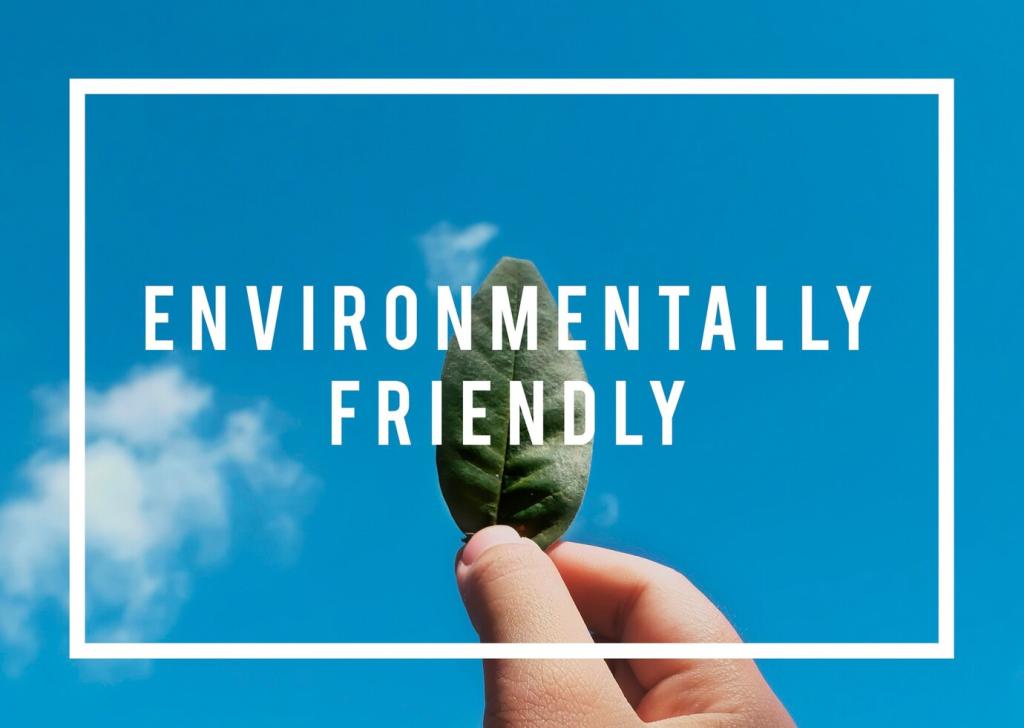
Characters Your Audience Can Root For
Everyday heroes, not perfect saints
Feature an operations lead who wrestles with supply constraints, or a parent who chooses refill pouches between school runs. Flawed, relatable characters make eco-friendly copy feel honest, memorable, and motivating rather than preachy.
Mentors and helpers with integrity
Spotlight the recycler who explains contamination, the farmer who enriches soil with compost, or the engineer who validates durability claims. Trusted guides ensure your story’s lessons feel earned, grounded, and practical for readers.
Invite readers to co-author
Turn your audience into characters by crediting their impact. Name a customer story of reusing jars, celebrate a community swap’s success, and ask subscribers to submit their best hacks for future features and newsletters.
Settings That Make Sustainability Tangible
Concrete sensory detail beats abstract claims
Describe the crackle of paper seed packets, the citrus scent in a refillery aisle, or the grit of beach sand during a cleanup. Sensory detail anchors eco-friendly copy in lived reality readers can trust.
Local places anchor global issues
Tie global warming to a familiar bus stop’s noon shade, or ocean acidification to a local oyster farmer’s morning haul. Localizing context helps readers grasp scale without feeling helpless or dismissed.
Prompt: map your story setting
Sketch the physical path of your product: from supplier dock to sorting bay to doorstep. Comment with one overlooked location you’ll describe next time to ground your eco narrative in specific, vivid surroundings.
Conflict, Stakes, and Honest Trade-offs
If recycled resin delayed a launch, say so. If compostable mailers failed in wet weather, share the test results and fix. Honesty earns patience, and clear language shows your team is listening and learning.
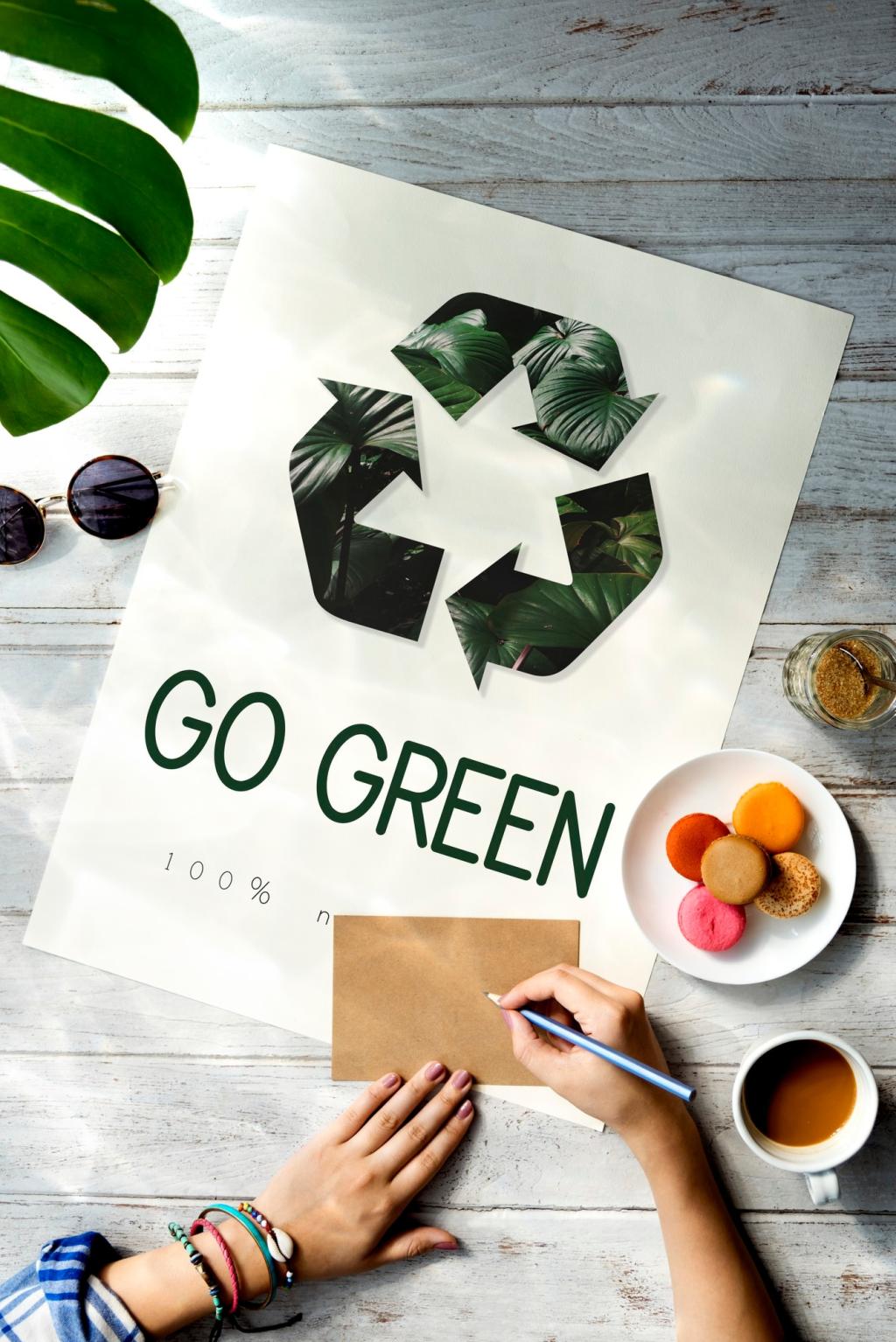
Conflict, Stakes, and Honest Trade-offs
Explain why you rejected a cheaper supplier to protect worker safety, or paused expansion to trial repair programs. Offer process notes, certifications, and timelines so readers see the rigor behind your choices.
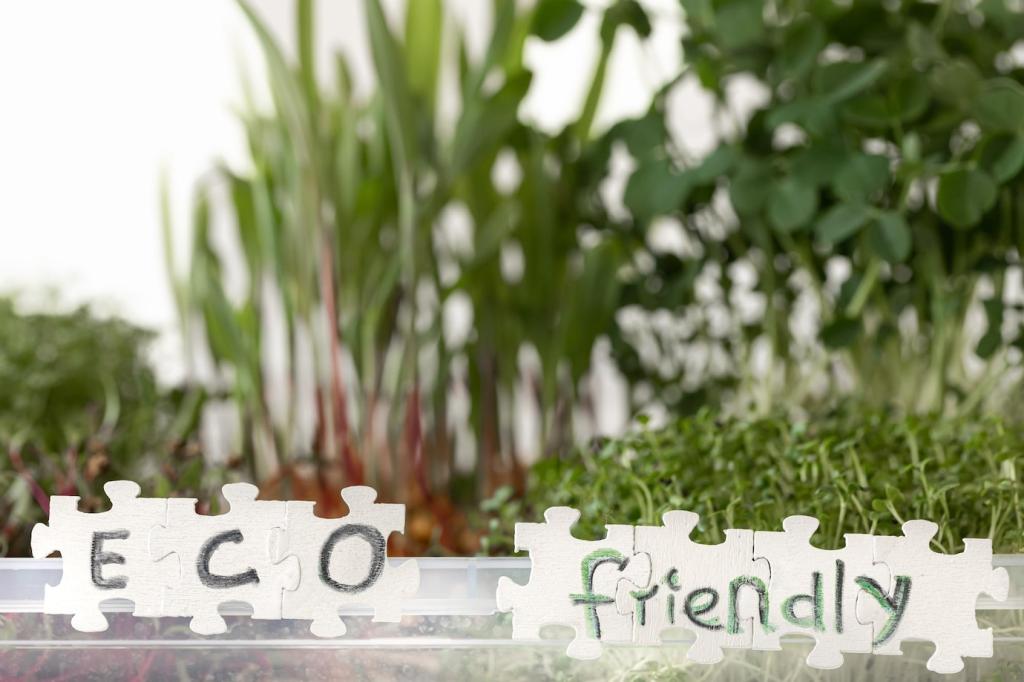
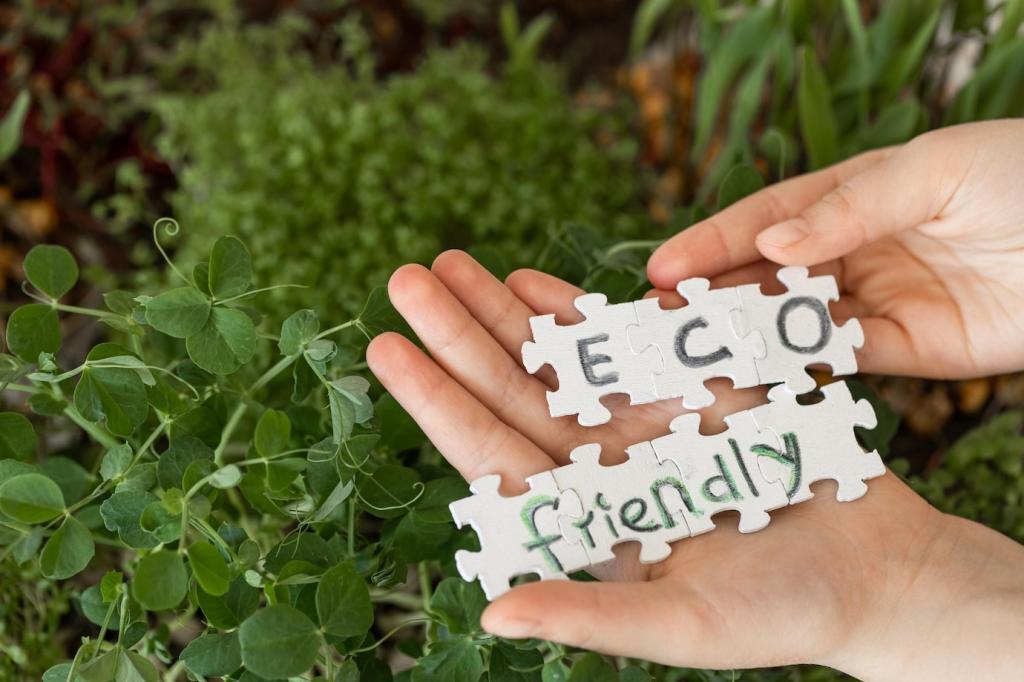
Voice, Tone, and Style for Eco Stories
For policy readers, be precise and sourced. For families, be warm, practical, and time-aware. For makers, be hands-on and technical. Match tone to context so your eco-friendly copy lands with resonance and respect.
Voice, Tone, and Style for Eco Stories
Swap vague phrases like eco-conscious solution for crisp specifics like repairable steel bottle, lifetime gasket, and curbside-recyclable carton. Strong verbs and concrete nouns make sustainable promises believable and easy to remember.
Define behavioral metrics that matter
Measure refill sign-ups, repair bookings, and opt-ins to carbon-friendly shipping. Pair analytics with qualitative notes from comments and emails so you understand both what changed and why your story resonated.
Anecdote: the refill shop experiment
A small shop replaced a discount banner with a customer’s three-paragraph journey from cluttered cabinets to calm, labeled jars. The story sparked conversations at checkout and sustained repeat visits beyond the initial promotion window.
Join our ongoing test panel
Volunteer to A/B test openings, calls to action, and character angles in your eco-friendly copy. We’ll share anonymized learnings, templates, and prompts. Comment if you’re in, and we’ll follow up with details.
